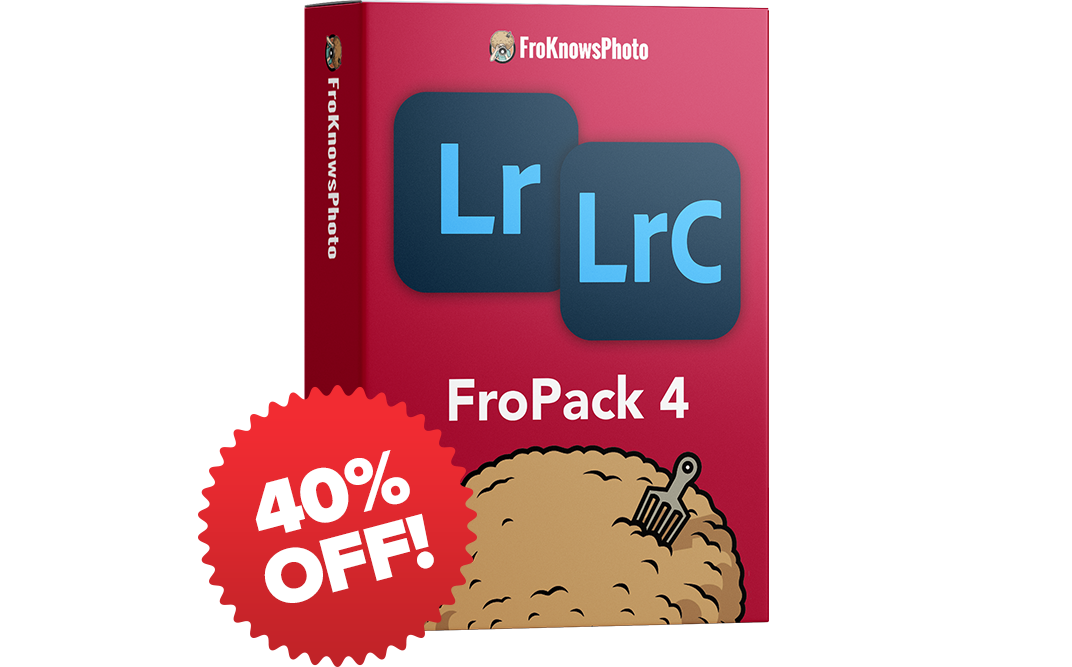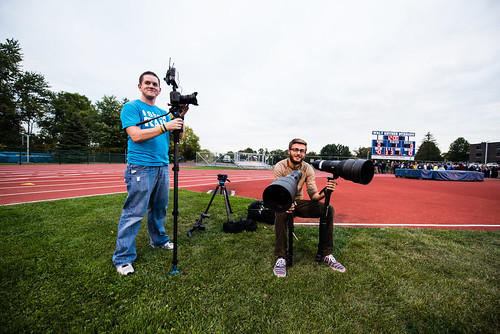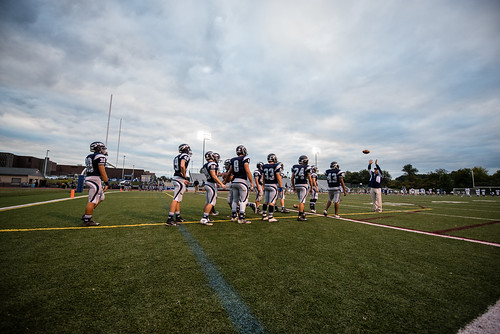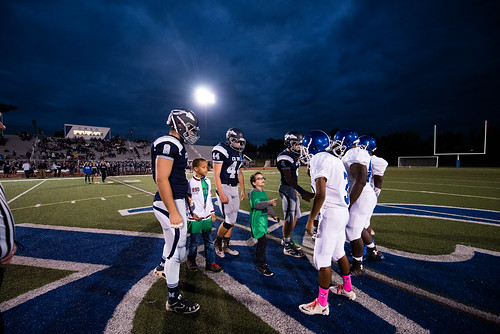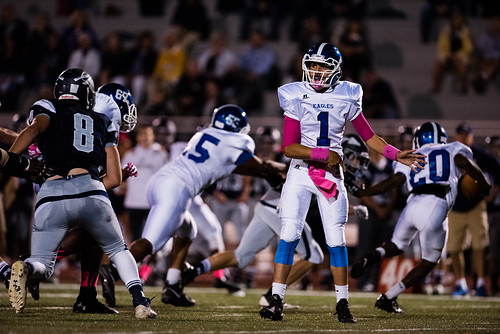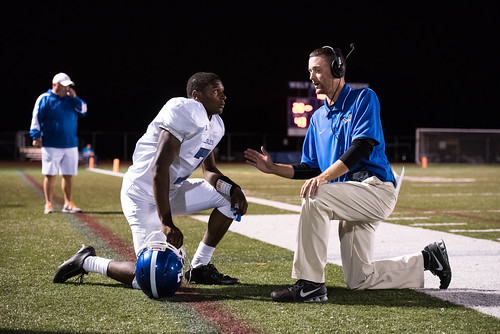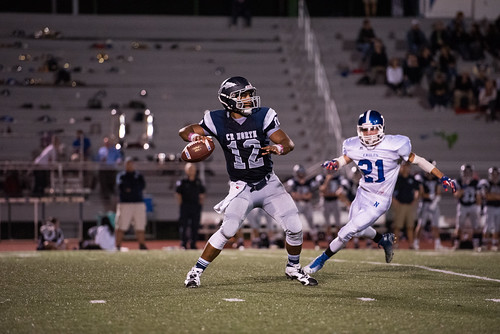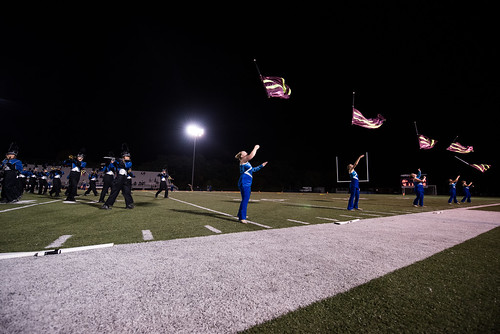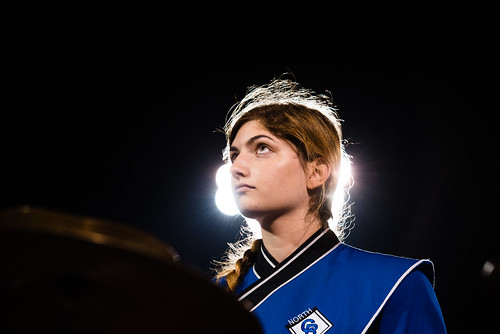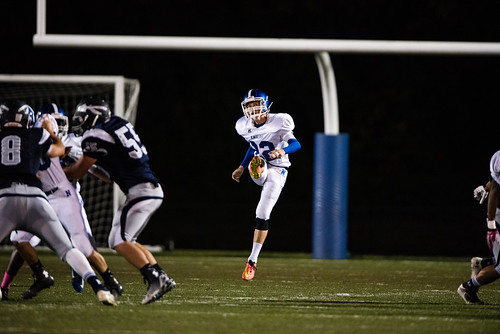Nikon D750 Real World Review
Let me start of by saying this right off the bat, if I was in the market for my first Full Frame DSLR this camera would be it.
Click Here for all 133 FULL RES exported JPEGS
Click Here to download 7 sample DNG RAW Files (192 megs)
Click Here to purchase the Nikon D750 from Allen’s Camera or Amazon.
When I got the call from Nikon that they were about to announce another NEW Full frame camera I was a little shocked. They already had the D610 and the D810 so where would a new camera fit in the lineup and what would it be called.
You might think the new camera would be called the D710 but no, Nikon opted for the next best choice, the D750. Many people have been waiting for a replacement to the Nikon D700 which packs the top of the line sensor and pro features, but is this the answer?
I am not going to run down all the specs of the Nikon D750 again as I did a preview of the camera right here. What I will do is go into how I tested the camera and why. First off my style is to use cameras opposed to “test” cameras in the lab. Sure certain “lab” tests may garner interesting results but I want to know how the camera actually handles in the real world.
For the Nikon D750 review I chose to go back to High School and shoot a Thursday night football game under the lights. When I say under the lights what I really mean are the four polls with things on top of them that kind of illuminate the playing field.
This is not the ideal lighting situation for shooting but this camera is said to have the best low light focusing of any Nikon camera (-3 ev), even better than the D4s. On top of that what better way to test the ISO than to do it in a situation that is not ideal. Any camera going back to the early DSLR’s can shine in good light but what separates the winners from the losers is their lowlight capability.
I am sure you are wondering what lenses I brought with me for the review. I borrowed two monster lenses from BorrowLenses.com , the Nikon 400mm F2.8 VR and the Nikon 600mm F4 VR II. I also packed with me my “hebrew trinity” Nikon 14-24, 24-70 and 70-200 VR II.
Now some of you are saying why didn’t you bring kit lenses to test the camera. Or why don’t you use lenses that most people would have instead of the pro lenses. This is honestly a simple answer. When you graduate to a full frame body it is imperative in my opinion that to get the best quality out of the body you must put the best lenses on.
Before getting to far ahead of myself here let’s talk about the size and feel of the camera body. The D750 is shockingly compact for such a powerful full frame camera. It is smaller than the Nikon D810 which is understandable but it’s also smaller than the Nikon D610 which is surprising. It’s almost like this is a replacement to the D610 but it’s not.
This camera was redesigned to allow for it to be extremely light and compact. It certainly is lighter and more compact but does it feel awkward in the hands? No, it still feels substantial in the hands, it’s not to large and not to small. Sometimes when you pick up smaller DX cameras your hands dwarf it making it uncomfortable to hold onto. That is not the case with the D750, it fits really well in my hands and I am used to having a built in vertical grip.
Since I mentioned the grip above I might as well give my thoughts on wether you need one or not. I like having one for multiple reasons. First you add a second battery into the mix. One stays in the camera and one stays in the grip. So for those shooting video all day having the extra batter in means you can shoot for extended periods of time.
The second reason I like a grip is it makes shooting verticals much easier. It’s uncomfortable to shoot verticals with your hand under or over. It tends to also mess with my ability to get my lines and angles straight. When you add a grip you are adding a vertical shutter button. This makes it much easier to compose and shoot those type of shots. This does come at a price though, it’s another $369.95 to add a grip.
Button Layout: One thing I truly love about the Nikon bodies is that the button layout stays consistent from one body to another. From the Nikon D3300 to the D4s the buttons tend to be in the same general area. If you have ever shot with a Nikon before you will be able to step right into this cameras button layout without any issue.
One issue I have with the buttons is that they do not light up. Currently the only camera that does that for Nikon is the D4s and I must say it’s something I would love to see on all DSLR bodies, especially for people who shoot in low light situations often. I found it hard to make changes when shooting a concert because I couldn’t see the buttons.
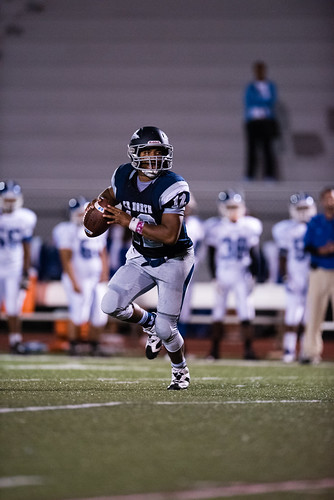 Let me set the stage for shooting the football game. You already know I chose to head back to High School because they were having a night game and to me that’s the best way to test a camera. My goal for shooting the game was to test out the key Photo and Video features. How is the auto focus, ISO, shooting speed, buffer write times, video capabilities and more.
Let me set the stage for shooting the football game. You already know I chose to head back to High School because they were having a night game and to me that’s the best way to test a camera. My goal for shooting the game was to test out the key Photo and Video features. How is the auto focus, ISO, shooting speed, buffer write times, video capabilities and more.
There were a few surprises with the D750 with the biggest one being the addition of a flip down articulating screen. No, this screen does not rotate around like the Nikon D5300. At first I was trying to figure out what use does this have and will it break off?
First things first it is not going to break off unless you try to break it off. It is built extremely well and does flip to 90 degrees for shooting above your head or from the hip. I personally do not shoot still images in Live View but for video I could see this coming in handy.
During warm ups I found myself getting on the turf to get a much lower angle for my stills. I was using the Nikon 14-24 2.8 to shoot stills and video. For stills I prefer having my eye right up to the viewfinder to see my composition and framing. But I can see in the future as auto focus speed in Live View gets better that having such a screen may come in handy.
Where this new screen does come in handy is shooting video. When laying on the ground you don’t have to turn sideways to look at the screen. I can simply flip it out and put it on an angle that is easier for me to view. This made getting low angle video a pleasure. On the flip side it allows you to hold the camera above your head, tilt the screen down so you can either shoot over people or shoot into the huddle. The funny thing is I forgot a few times that I should flip the screen out, once I did I was like ahhhhhh, I get it.
As the sun set and the stadium lights took over I knew I was going to have to push the ISO to give me the desired shutter speeds I was looking for. Since the stadium only has four banks of lights the lighting is not even across the filed. It’s better in the middle but near the end zones there is a lot of fall off.
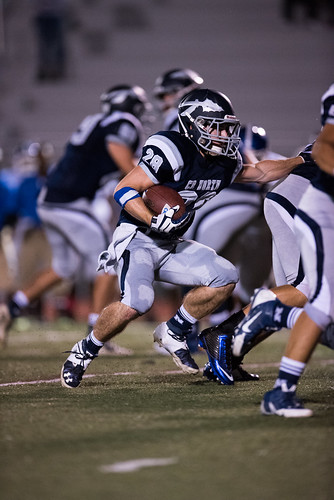 My goal when shooting low light sports is to have a fast enough shutter speed to freeze the motion even in bad lighting. This means I generally have to push the ISO to what was once an extreme but today is the norm. My starting point was 6400 ISO with a few other shots taken at 8000.
My goal when shooting low light sports is to have a fast enough shutter speed to freeze the motion even in bad lighting. This means I generally have to push the ISO to what was once an extreme but today is the norm. My starting point was 6400 ISO with a few other shots taken at 8000.
This is one of those places where quality glass comes into play. If you were to use slower lenses you would have to push the ISO even higher which introduces more and more issues. You end up with more noise and grain along with less color detail being retained.
A lot of people blame their cameras for poor low light shooting when the truth of the matter is that it’s the person behind it who is to blame. Many times it’s the lens choice and more often than not it’s relying on the camera to set the exposure in auto opposed to setting it manually.
I shot the entire football game in manual. The reason being is the lighting is set, the lights aren’t going to change at all. Sure it get’s darker near the end zones but a simple bump in the ISO will compensate for the loss of any light.
You have a spread from 100-12,800 ISO natively with this camera. That is a HUGE spread that should be great for everything from portraits to landscapes to concerts and indoor and nighttime sports. Generally speaking there is no reason to test the lower ISO’s as they are going to be very clean. A true test of a cameras ability comes at the higher ISO ranges.
How does the D750 fare at the higher ISO’s? The answer is very very well. At 6400 ISO the images look fantastic. They maintain a lot of color detail and sharpness. On the “noise / grain” front I think the files are fantastic. Yes, when you zoom in 1:1 you will see noise and grain but it’s perfectly acceptable in my book.
You can always add noise reduction in post but when you add noise reduction you are smoothing out the grain which detracts from the images sharpness. In the full res edited sample images there is no noise reduction added. The default color noise reduction in lightroom was automatically applied.
I did not push the camera past 8000 ISO but there is no doubt in my mind as you hit 10,000 and a little higher that the results will not deteriorate terribly. It is safe to say that this camera is a fantastic choice for shooting in low light situations. It would be a nice choice for concerts, weddings and in this case sports.
It’s one thing to have clean high ISO images but if they are out of focus because the focusing system can’t keep up it would all be for not. Now I want to take a deeper look at the focusing system, one of the key features in a camera.
The D750 borrows from it’s bigger brothers, the D810 and D4s. It takes a professional auto focus system and puts it into a lower prices full frame body with pretty much the same top notch results. You now have 51 autofocus points and the Group Area AF mode.
The D610 only had 39 focus points and they were scrunched up in the middle and left a lot of people scratching their heads. Did the D750 correct this or are the points still scrunched up in the middle. The answer to that is two fold, it’s not as bad as the D610 but I think it still has room for improvement. I am not sure what the limitations are in a camera body to not allow for FULL FRAME Autofocus points but if someone can solve that problem it would be a major win.
I still felt the D750 points were to scrunched in the middle. At times when shooting vertically my highest AF point left my frame with a lot of dead space above the subjects head. Since I don’t crop it made it more difficult to fill the frame as much as possible. Is this a deal breaker, not at all. You will get used to the focus points and learn how to use them to your benefit.
I had no problems whatsoever with autofocus even in such low light. Keep in mind this camera has the ability to focus in -3 EV of light which is better than any other Nikon on the market, even the D4s. I do not recall missing shots because the focus one could not keep up or got stuck hunting because of low light. Having pro lenses doesn’t hurt this but keep in mind better glass will help with your focus.
I shot all the action photos using the new group are AF mode. This let’s the camera draw information from more focusing points allowing for better accuracy. I honestly did not miss during the football game. I would put this cameras focusing system up against the D810 and D4s any day. The funny thing is that it may actually beat them both out.
Shooting Speed
This camera has the ability to shoot at 6.5 frames per second (FPS). This is faster than the D610 and D810 but 3.5 frames slow than the D4s. Is it fast enough to keep up with action? Yes it is plenty fast to keep up with shooting action. Would I like it to have matched the 10 FPS of a high end D4s, sure but that would have come with a price.
6.5 frames a second is not the fastest in the world but it’s not slow by any stretch. It’s great for freezing quick bursts of action. It didn’t miss any action because the camera couldn’t shoot the frames fast enough.
If you are shooting portraits FPS does not really play a major role. For weddings this is plenty for allowing you to capture quick action and for sports and concerts it will more than get the job done.
Buffer and Write Speed
As you may be aware, I SHOOT RAW. For shooting the game I set the camera to RAW 14 Bit compressed lossless. The camera does not give you the option to shoot full 14 bit uncompressed raw.
A main concern for people is how many frames can you shoot before the cameras buffer fills. In my real world tests right around 12 continuos shots was where the camera decided to stop taking pictures. It’s going to be very rare where you hold the shutter button down for close to two seconds, so keep that in mind.
Each file is roughly 30 megs so you are pushing a lot of data to the buffer and out to one of two of the SD cards. When the camera maxed out at those 12 RAW images it did not completely stop shooting. It continued to shoot as pictures left the buffer and hit the card at a rate of roughly 1 frame every half second to a second.
I was surprised at how quickly the cards went from the buffer to my SD Card. I was using Sandisk Extreme PRO 32 GIG SD cards with read write speeds of 95 megs a second. It is highly recommended that you put quality fast cards in your camera.
To me the camera does a very good job of moving images from the buffer to the card and you should not have any issues snapping 5 quick shots followed by a second of two without shooting followed by another burst.
Like with most of the new Nikon’s you have two memory card slots. In this case you have two SD cards slots stacked. You have the ability to write RAW to one JPEG to the other or my preferred method, redundancy. I like to have my RAW files go to both cards, one as my primary and ones as my back up in case of a card failure.
Since I was shooting in lower light situations I did not reach the top limit of the shutter speed which is 1/4000th of a second. Some people pointed out that this is a deal breaker to them because the pro end cameras top out at 1/8000th of a second. There are few situations where you will find yourself shooting at speeds higher than 1/4000th.
When testing out this camera in bright noon sunlight I was at 1/4000th of a second at 250 ISO. If I ran into any issues I could simply drop the ISO lower. This is not a major issue in my book. Would I prefer I had the 1/8000, yes but it’s not a deal breaker.
One of the newest features to find it’s way into the camera is WIFI. Even with the WIFI Nikon was able to retain the pop up flash unlike the Canon 6D. I toyed with the WIFI a little, it was very easy to set up and definitely is a fun feature to play with.
There was some concern in the past month that if you turned your WIFI on it would allow anyone with the APP to access your photos if they were in range. This is true but there is a simple fix, turn the password option and boom, no snooping.
 Now let’s look at the D750’s video capabilities. Where the D610 fell short and the D810 prospered the D750 not only holds it’s own against the D810 but quite possibly surpasses it. The D750 borrows most of the pro video features from the D4s and D810 but adds something neither of them have, a flip out screen.
Now let’s look at the D750’s video capabilities. Where the D610 fell short and the D810 prospered the D750 not only holds it’s own against the D810 but quite possibly surpasses it. The D750 borrows most of the pro video features from the D4s and D810 but adds something neither of them have, a flip out screen.
You have the ability to shoot full 1080 at 60 FPS, manual controls during recording and live view and Auto ISO which is a killer feature. When you shoot at the highest bit rate possible at 1080 60 FPS you only get 10 minutes of record time. My recommendation is to always shoot at the highest quality video possible. You can always dumb your video down but never smarten it up.
(In 1080 24 FPS you will get 20 minutes of recording time at the highest quality)
One of the issues with the D610’s that I have is when setting up to shoot video I can’t make changes to my aperture in live view. This slows everything down but the D750 allows you to freely change anything you need to change during live view and recording.
Auto ISO is one of the best features found in the D810 and D4s. It lets you lock in your shutter speed and aperture but changes the ISO to match your scene. This means if you go from a dark garage and than walk out into the sun the ISO will automatically change for you. But it doesn’t change in a herky jerky way, it has a very smooth transition from light to dark. This is such a professional feature, one I am very happy they added to this camera.
Most people who shoot video rarely use the internal microphone in their cameras. The D750 employes a stereo microphone that I must say surprised the heck out of me. Listening back to the audio that I captured really surprised me, I was not expecting it to sound so clean and vibrant. Part of the reason the audio sounds so good is that I set the levels manually for the situations I was in.
If you don’t set the audio manually it wont be as clean. When you leave the camera to make the audio decisions for you you tend to end up with hissing and uneven levels. When it’s quite the camera raises the gain which introduces more hiss. As soon as it gets louder it squashes the audio to bring the levels back down.
What makes the D750 better than the D810 for video is the flip out screen. Being able to hold the camera above your head and still be able to see the flip out screen is a big deal. Previously to get a screen that does that with your camera you would have to connect an external monitor. This tilt out screen was definitely a pleasure to work with when it came to videos, stills, not so much.
A feature that is unique to the D750 is a dedicated video menu inside the camera. You can set the picture control for video and for photo which will save your butt if you ever tweak the photo one to a place it shouldn’t be.
One of the last things I will talk about before wrapping up the review is the battery life. The camera uses the same battery as D7000, D7100, D600, D610, D800 and D810. I was able to shoot over 300 RAW images, roughly 15-20 minutes of video and still have a substantial amount of battery life left. If you were to record something like RAWtalk where we reset the camera every 20 minutes I would think you could get close to 2 hours of record time. I always recommend having at least one extra battery with you at all times.
Who is this camera for?
If I was in the market for my first Full Frame camera this camera would be it. It is rock solid for stills and it’s beyond rock solid for video. It gives me the best of both worlds which in this day and age will help you either make more money or be more productive and creative with your DSLR.
This is a great camera for someone looking to shoot weddings and portraits. It’s light enough to carry all day, versatile enough in different lighting situations and plenty fast with shoot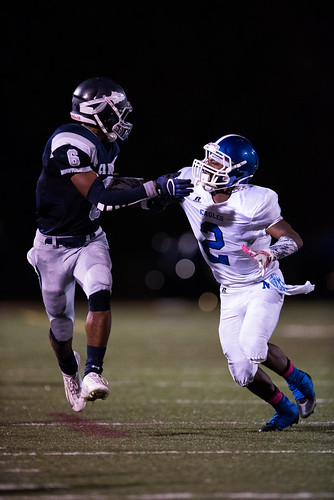 ing and focus accuracy. I honestly could see personally shooting a wedding with this camera even though I own a D4s.
ing and focus accuracy. I honestly could see personally shooting a wedding with this camera even though I own a D4s.
If your focus is to shoot concerts and low light situations this camera would be a great fit. The high ISO capability coupled with the -3 EV for autofocus will allow you to shoot in any concert situation I have encountered.
Where the camera may fall short for some is on the sports side. I personally don’t think it falls short at 6.5 FPS. With the introduction of the 7D MK II doing 10 FPS people think you must need more FPS. One that camera is not a full frame camera and two more FPS does not guarantee you a better shot. I think the camera handled superbly in the low light shoots I did.
The ISO was great, the focus speed which is of utmost importance for sports was spot on and the overall image quality was superb.
Remember when you are deciding if you should purchase a full frame camera you have to take into account the cost of quality glass. Wether you are purchasing Nikon or third party lenses, you want to make sure you don’t cheap out on glass.
It’s pretty hard to find major issues with this camera. Nikon did a fantastic job incorporating high end pro features in this midlevel priced DSLR. One thing that did surprise me is that they did not remove the OLPF which they have done in the D810 and some of the DX models.
Seeing 1/8000th of a second would be better and finally a wider spread for the AF points would be greatly appreciated.
So there you have it, that is my real world review of the Nikon D750. Click Here to access the full res JPEGS and click here to download some sample RAW Files.
Click Here for all 133 FULL RES exported JPEGS
Click Here to download 7 sample DNG RAW Files (192 megs)
Click Here to purchase the Nikon D750 from Allen’s Camera or Amazon.
